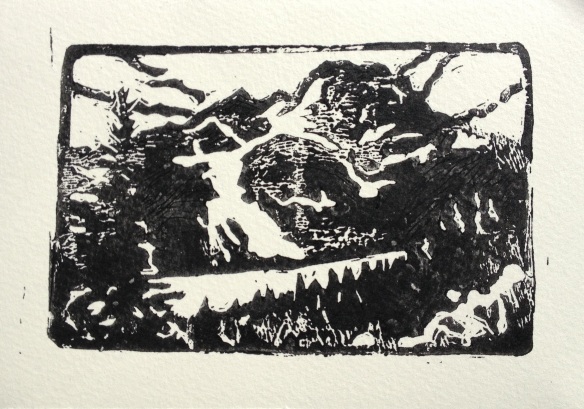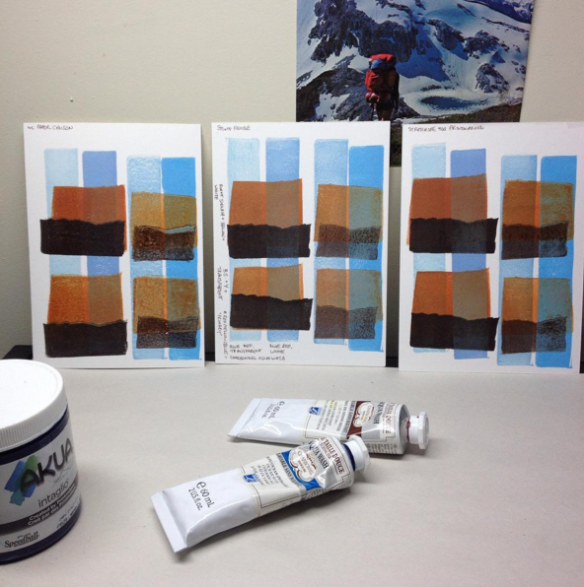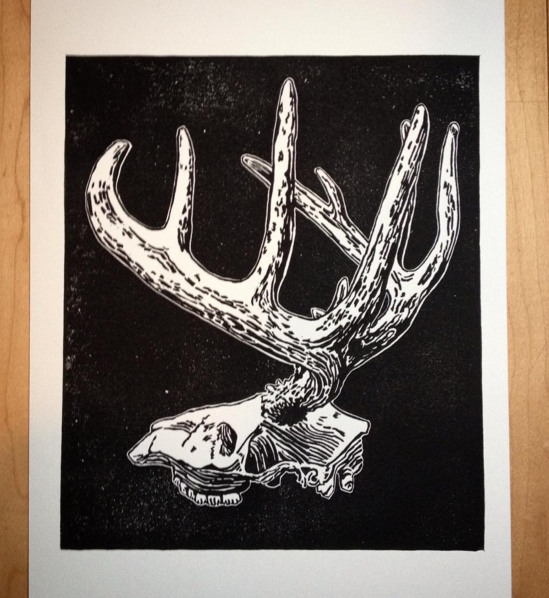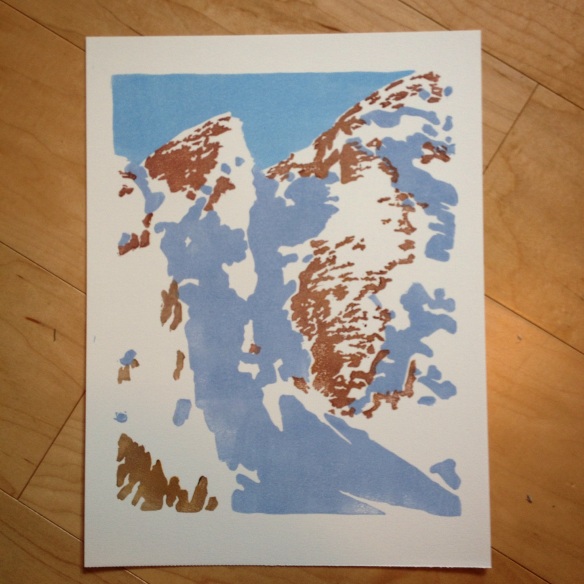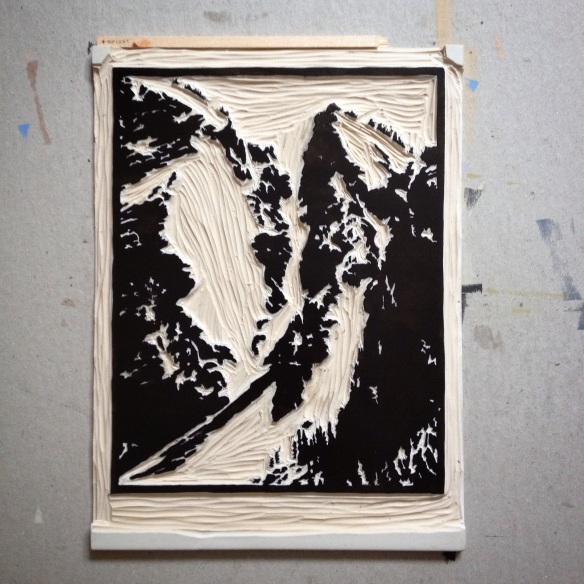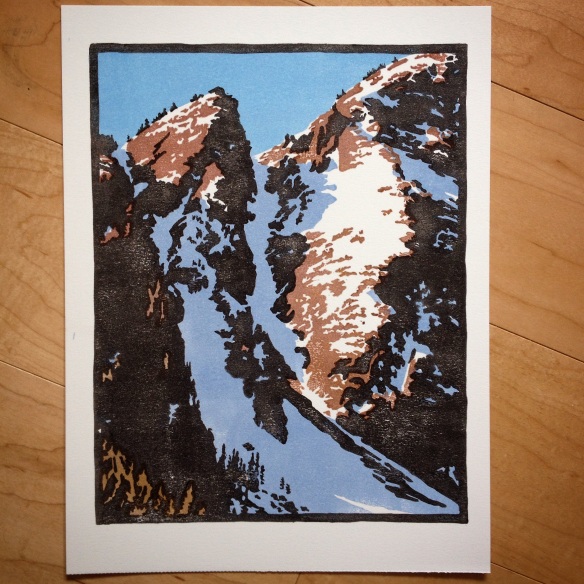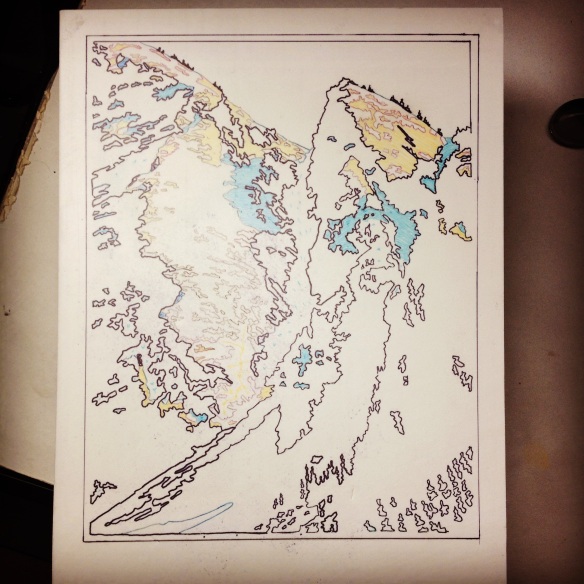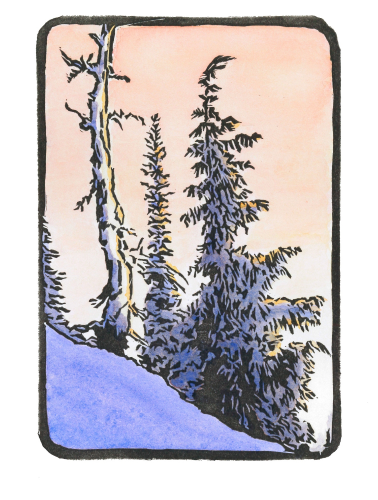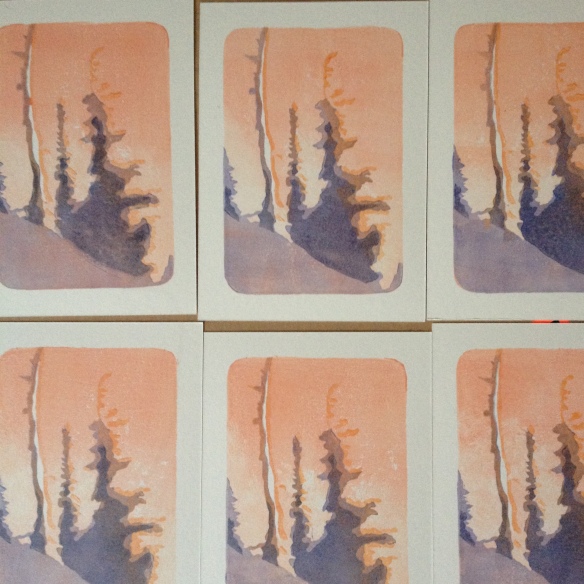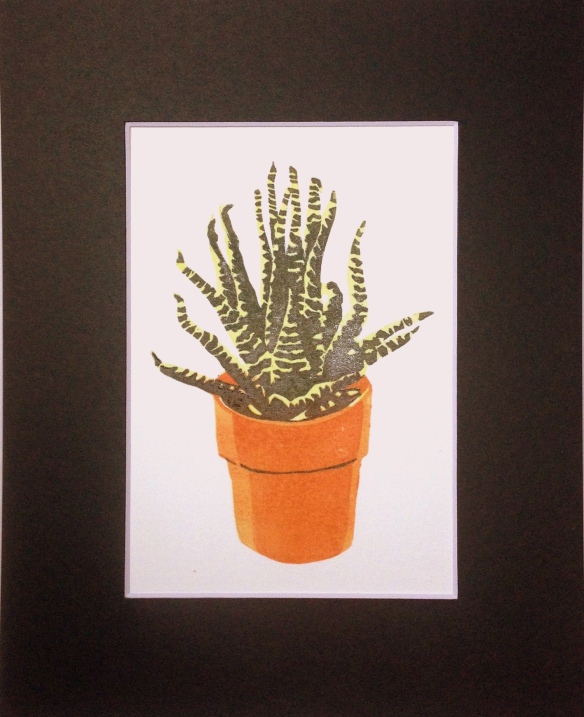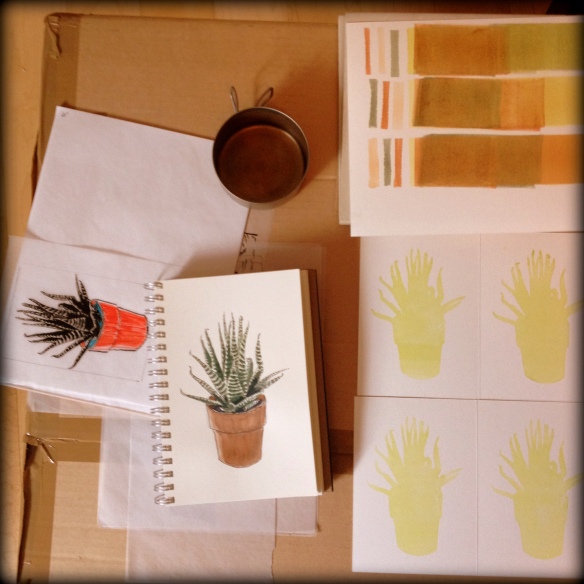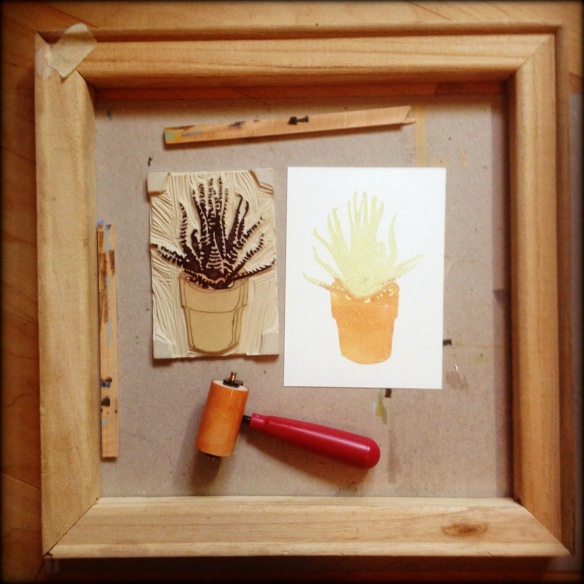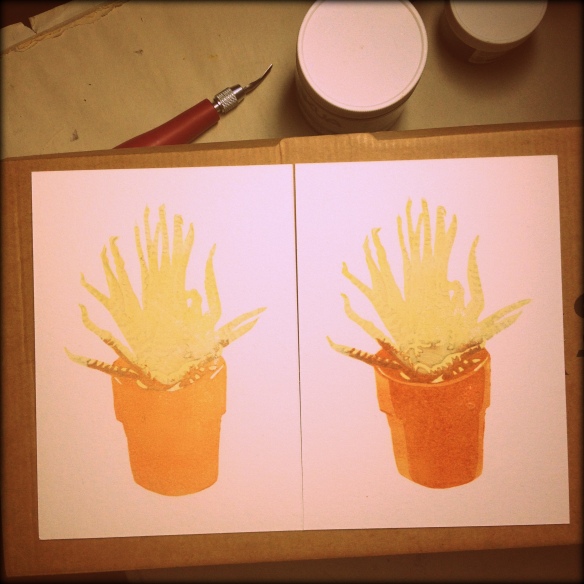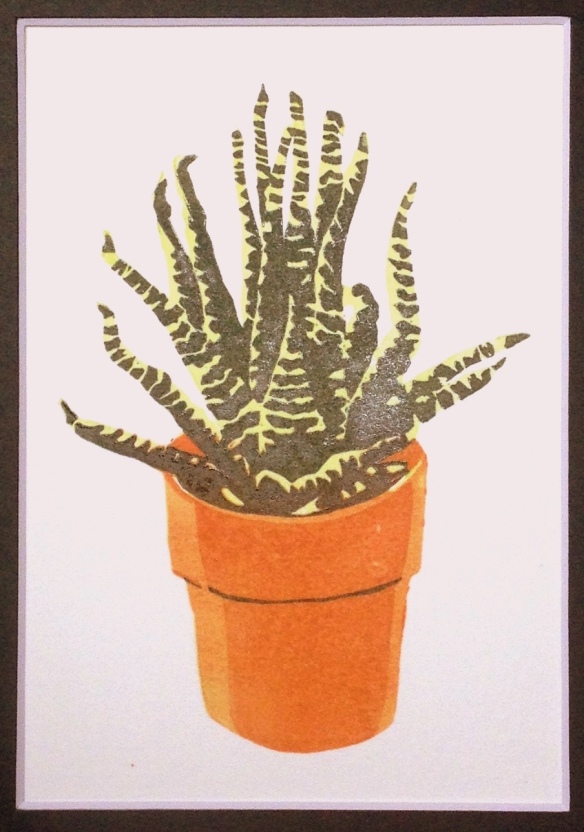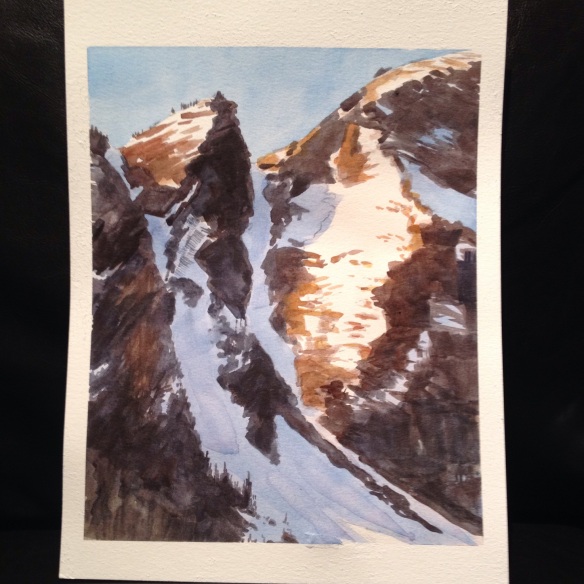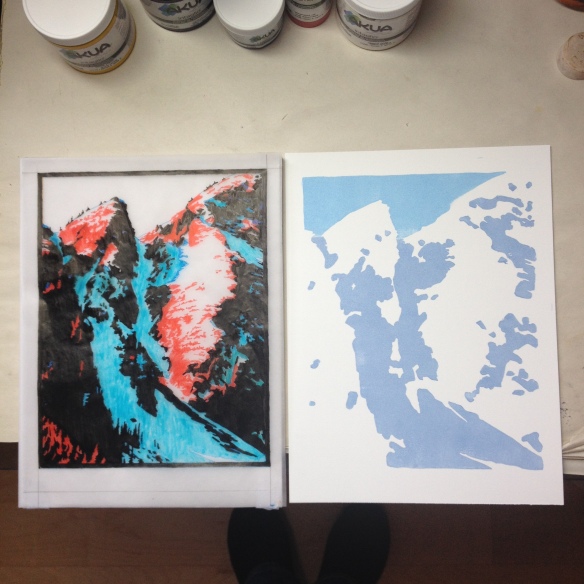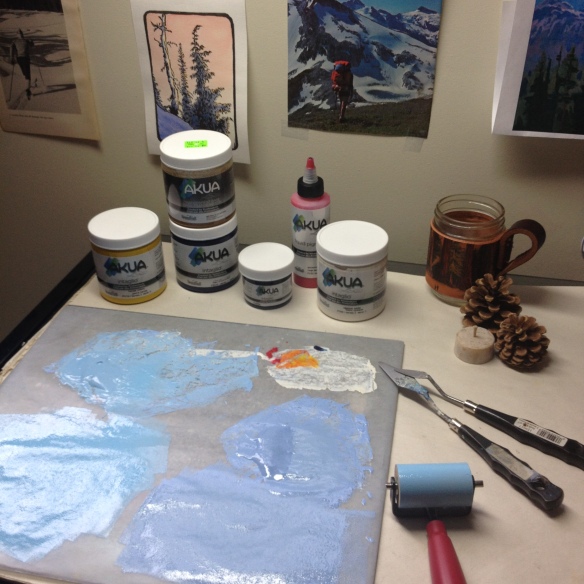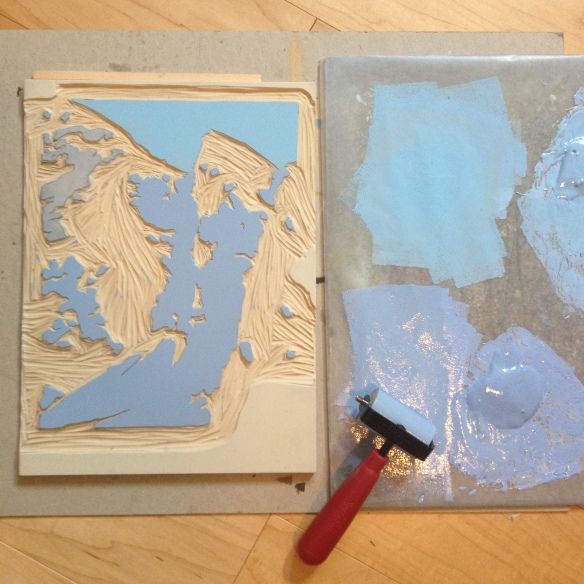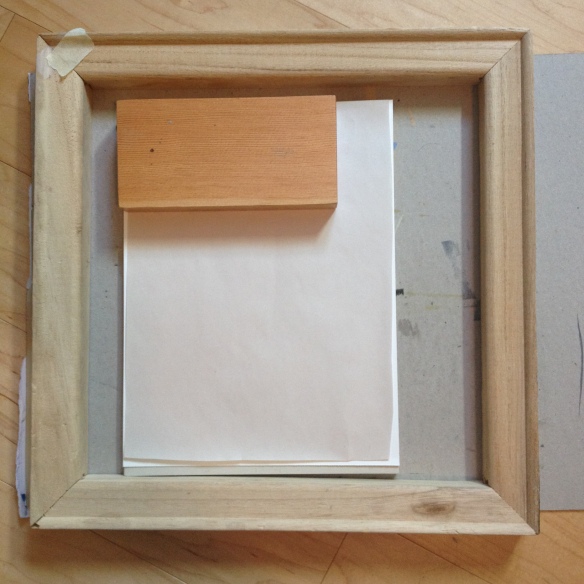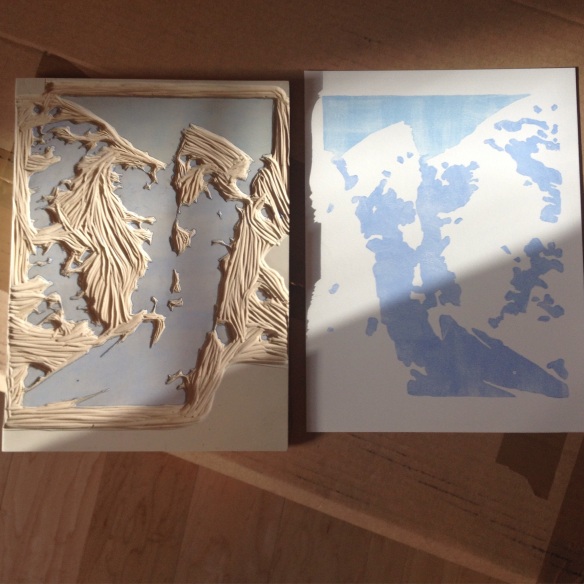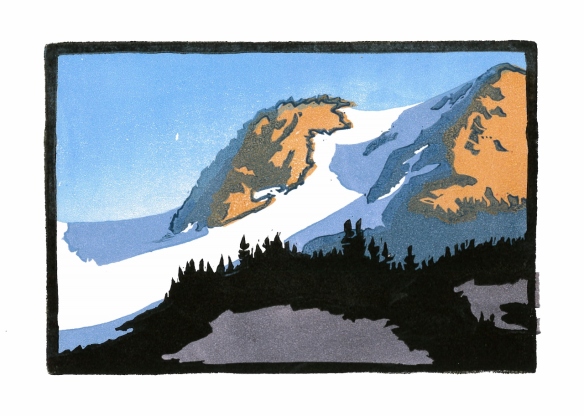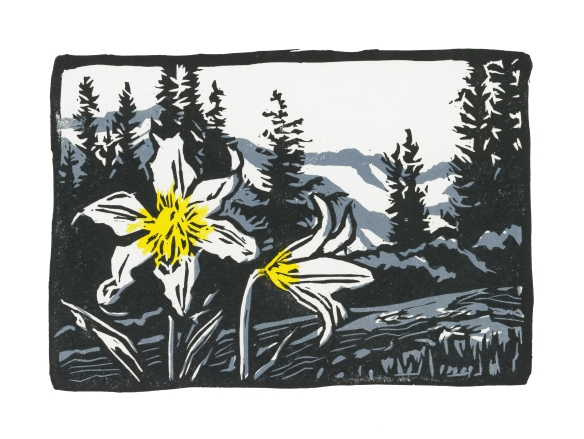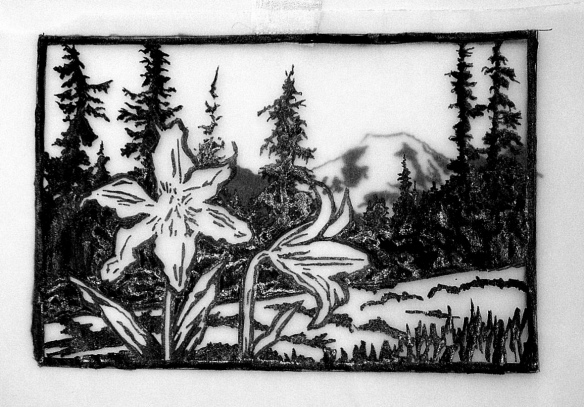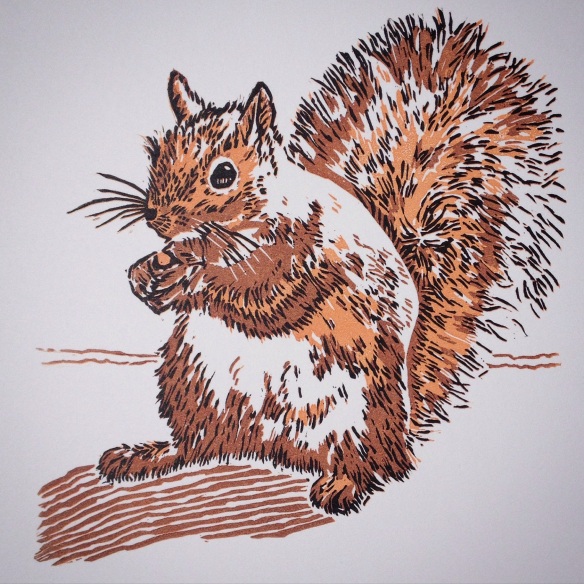
Sneaky Squirrel – when I stopped playing with him, he left me blocked!
A recent post on Facebook got me thinking about creative block. A fellow artist was asking for tips on how to get past this condition. Many people chimed in, with mostly the usual tips you find in articles cheerfully titled “10 ways to beat creative block!” – clean the studio, try a different art form, and so on.
These tips are helpful. But I started thinking about it a little more deeply. Why do we get upset at those times when we do not feel called to create?
I think it is, at least in part, because we are attached to our identities as artists. This is how we navigate the world. Standing in line, sitting in a meeting – we slide easily through these things. They don’t matter. We have our art waiting for us. We create beauty.
Until suddenly, we don’t. We stumble. The threat is real. What if we never create anything again? Who will we be, if not artists?
But the truth is that we are always changing.
When your teachers asked you “what do you want to be when you grow up”, what did you say? Pilot? Princess? Ninja gardener?
When you chose a major in college, what did you pick? How close were you to what you do now?
To whom did you profess your forever-and-always teenage love? When did you last speak with them?
When we are young, we experience seismic shifts in our identities, and we don’t worry much about it. As we age, our identities become more solidified. We come to rely on these stories we can tell ourselves and others about who we are. But they can, even now, change at any time and without warning.
With this in mind, I came up with my own complement to the usual advice. Here they are, my 6 unusual tips to move through creative block:
- Accept that this could last forever.
How does it make you feel to consider this possibility? Are you rebelling at the thought? Do you know, for certain, you will always feel called to make art?
Maybe so. But, as an experiment, sit with the thought for a moment. Who would you be, if not an artist? How would you spend your time? Are there other activities that bring you joy and fulfillment? Maybe even more joy than making art does? What would it mean to you to live without calling yourself an artist or painter or printmaker?
By accepting that you might never make art again, paradoxically, you allow the joy of creating to bubble up inside of you again. You let go of any external pressures. You let go of what you think you should do or must do.
Really commit to this idea that you are JUST FINE even if you are no longer an artist.
Chances are, you will start noticing beauty in the world again, and the spark will come back.
- Acknowledge that the blocked feeling is likely to pass.
You have probably experienced this before. The feeling passed. And you made more art. This is proof enough, isn’t it?
- Look at your life as a whole entity.
What else are you doing? Working overtime? Raising children? Training for a marathon? Renovating? Dieting?
What have you done lately in your artistic life? Tried a new technique? Finished a few pieces you were working on? Started a website?
Our lives are systems. If you change something in one area, you must expect to see consequences in other areas. If you decide that this year you will run a marathon for the first time, your artistic output will likely suffer.
Our lives are systems that are dependent on other systems. If it is unusually rainy, you may feel more or less productive than usual. On a glorious spring day, you may spend more time outside, and less time in the studio. If your spouse is sick or grumpy, you may react by creating more or less.
Can you forgive yourself for making less (or no) art, knowing that you have made other choices under other influences?
- Exercise, outside, until you are bone-tired.
Go take a hike, climb a mountain, run for miles. The endorphins and sunshine and achy muscles will make you forget all about your creative block for a few hours. It’s a temporary effect, but it works wonders.
- Let yourself get bored.
What are you doing with the hours you used to spend making art? If nothing important, you could try letting yourself get well and truly bored. Put down your phone. Step away from your computer. Don’t watch your favourite shows. Don’t even read a book. Just sit in one place. When you get that uncomfortable, anxious feeling, don’t get up. Stay with it. See what happens.
- Lavish your attention on your loved ones.
Have you been attending to your relationships with as much enthusiasm as your art? Try channeling your creative energy in their direction.
Whatever happens with your creative mojo, your relationships are what will keep you happy and healthy. Take advantage of this opportunity to nurture them.
Chances are good that if you do these things, your creative spark will return. And even if it does not, you’re ok with that, right? If not – read #1 again.
Caveat: I don’t know if this post applies to you if you make a living off of your art. I suspect #1 is even more important for you, because the pressure is greater.
Thank you for reading,
Sophie


